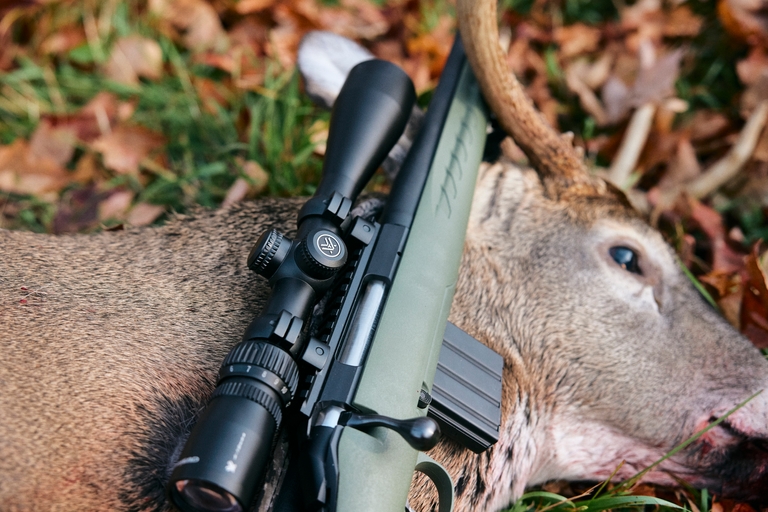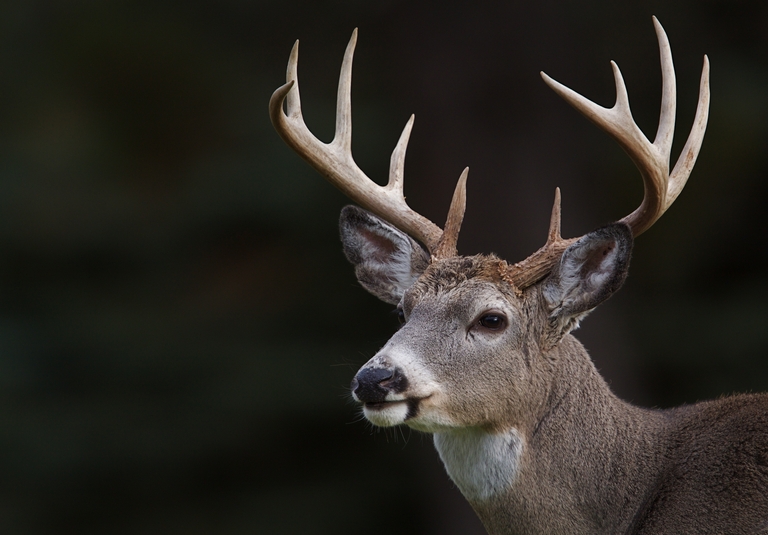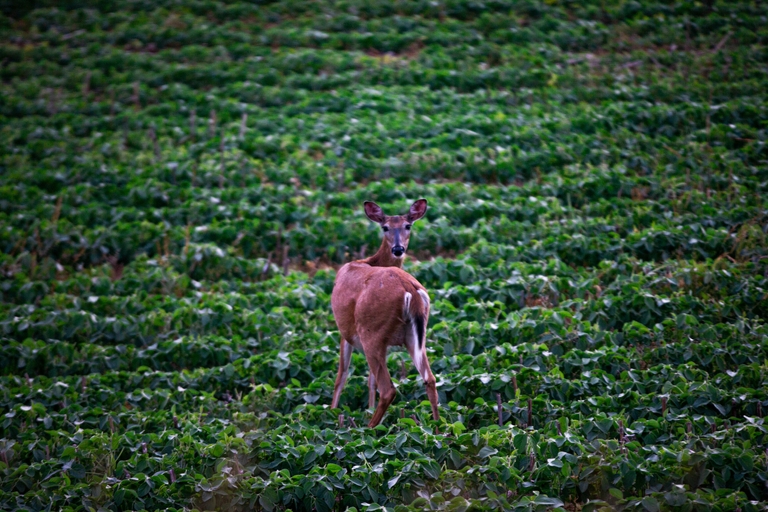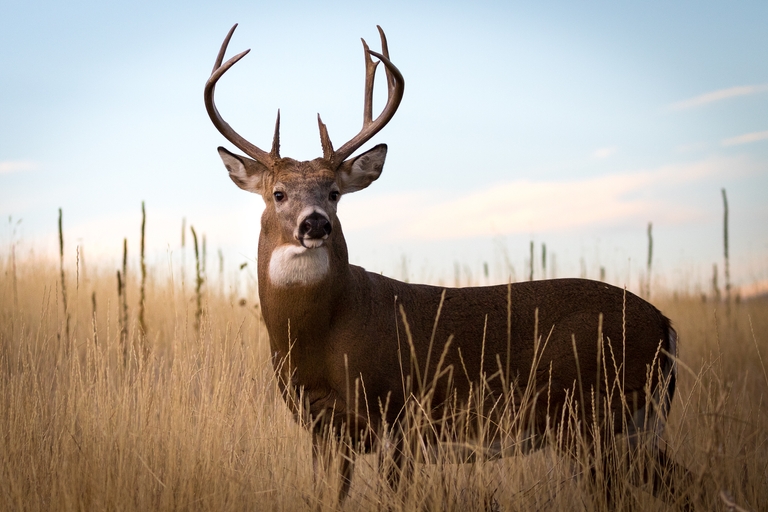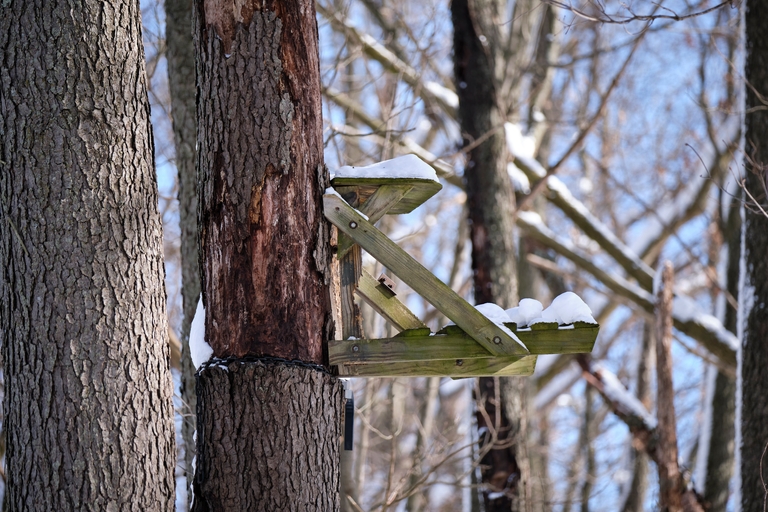Obey This One Rule To Be a Safer Hunter

Can obeying one rule when hunting keep other hunters safe?
Yes!
Today, we discuss a critical safety rule every hunter should follow when hunting, no matter the species they hunt. We'll start with a real-life hunting situation that could have gone very wrong. Then, we'll discuss "the" rule the hunters in the scenario should have followed to prevent the dangerous situation.
Remember: this is just one important rule! Hunters should take a hunter education course for critical insights into staying safe every hunting season.
A Dangerous Situation
Picture this: Upland bird hunters Brett Sowders and Tony Strobl hit the deck. The bullet from a distant deer hunter's rifle whizzed overhead, too close for comfort.
Five seconds pass, 10 seconds – what seems like an eternity, yet they remain snug to the earth. Scared to get up, they hold fast to the ground until the shots are surely over.
"We saw the deer hunter in the distance; there's no way he didn't see us," said Sowders. "You ever have those slow-motion moments? Well, this was one of those. We saw him raise his rifle in our direction and thought 'surely he's not shooting our way.' I tell you, being on the receiving end of gunfire is scary. The crack of the bullet speeding by was very identifiable, so we hit the dirt."
Safety Rules Exist for a You (and Others)
This scenario indicates that the deer hunter failed to obey several safety rules. Most prominently, he failed to remain within his safe zone of fire. If he had, the bullets never would have reached Sowders and Strobl because the hunter would have had them in clear sight before he shot.
Staying within the safe zone of fire is a critical step for hunting safety. A safe zone of fire is the area or zone where a hunter can shoot safely. It spans about 45 degrees directly in front of each hunter.
How to Determine Your Safe Zone-of-Fire
To visualize your safe zone of fire, focus on a distant object straight ahead. Now, hold your thumbs out at your sides, then slowly draw your thumbs in front of you.
When each thumb is in focus, without moving your eyes, you have set the boundaries of your safe zone of fire.
It's important to never shoot outside of your safe firing zone. This is because our peripheral vision limits what we can see clearly. If you can't immediately see that an area is clear and safe, it's outside your safe fire zone.
Watch the video below for more insights into determining your safe zone of fire!
Excitement Can Affect Your Judgement
What happens when you add the rush and excitement of flushing birds or seeing a deer? A whole new element kicks in: target fixation.
Target fixation causes you to focus on your target to make a good shot. However, it simultaneously causes you to lose sight of your shooting zone, potentially losing track of people, buildings, or roadways in the distance, and could even cause you to lose sight of other hunters.
This could be what happened with the deer hunter who shot toward Sowders and Strobl. The deer took off, and the hunter fixated on hitting his target, traveled outside his safe firing zone, and failed to identify the pair of hunters in the background.
What can we learn from the deer hunter? Don't let target fixation override your sense of safety; stay within your safe zone of fire.
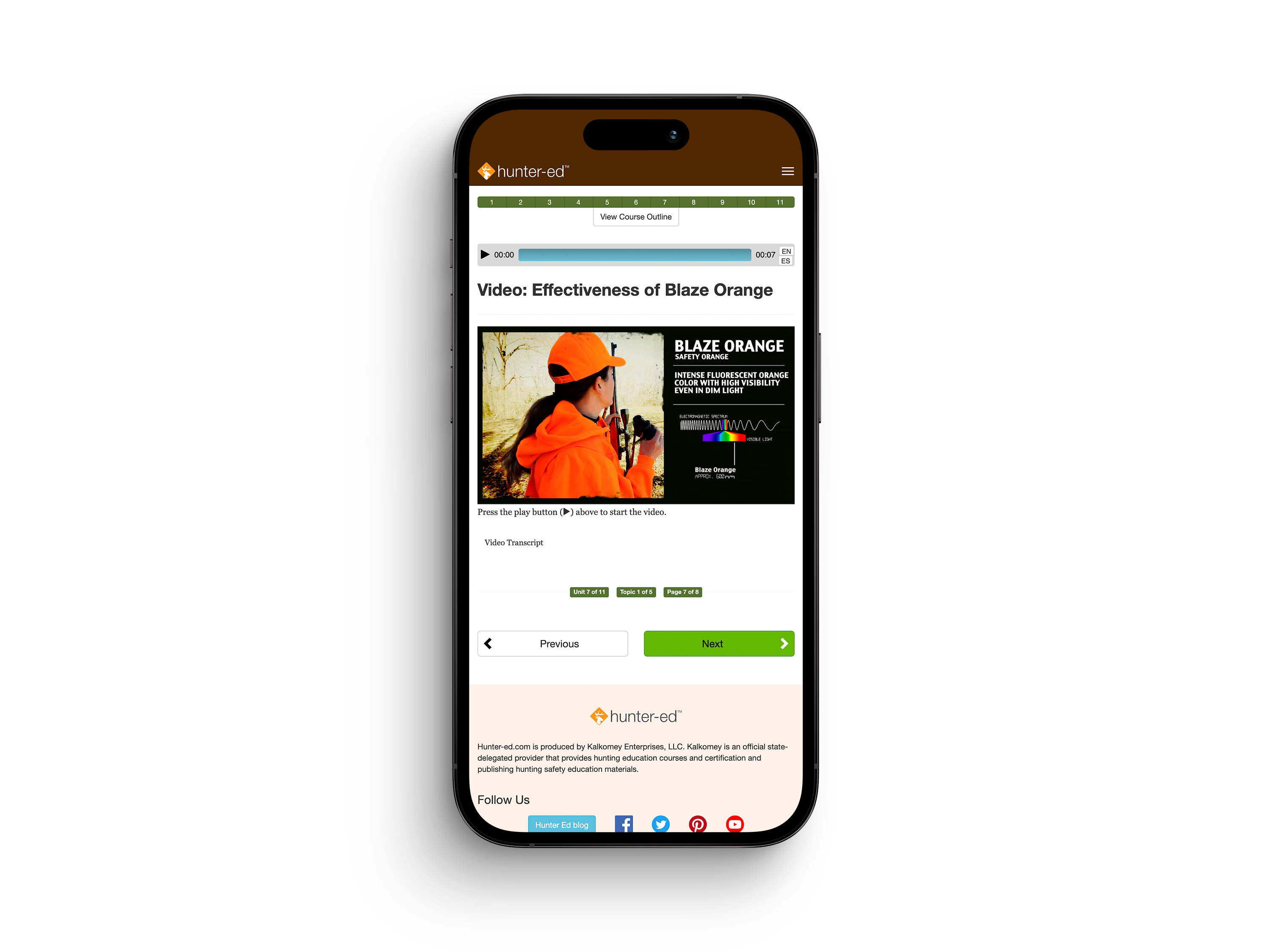
Learn More Critical Safety Rules with a Hunter Safety Course
While we've shared today about one of the most important safety tips, it's only one of many safety best practices hunters need to know before a hunt.
The best way to be prepared (and to keep everyone safe in the field) is to take a hunter safety course through Hunter-Ed. Our online courses include videos that cover common safety concerns (and how to avoid dangerous situations). In addition to offering excellent hunting education, these videos feature professionals and fun, up-to-date scenarios that enhance learning.
Our state-approved hunting education courses also discuss blaze orange, gun carries, ballistics, and much more to improve your safety in the field. So, before you put yourself or others at risk by making a dangerous mistake on a hunt, find the course for your state, and make sure you and everyone you hunt with take the course and pass the exam!
Originally published October 23, 2014. Content updated October 23, 2023.

